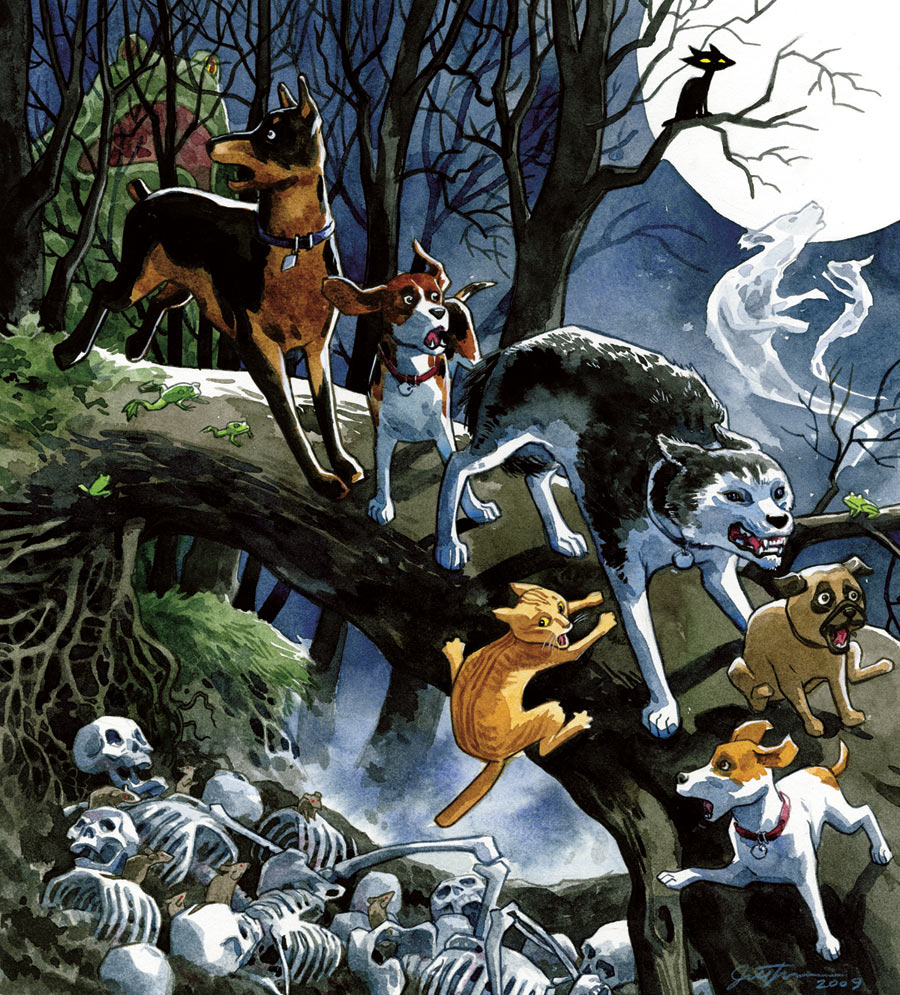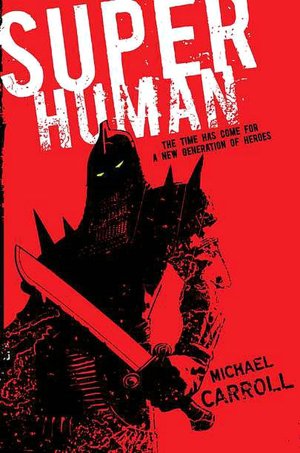Sugar Glider 2 - by Gary Bainbridge and Daniel Clifford
Raising it's already impressive game from Issue 1, Sugar Glider 2 introduced new ideas, new characters and achieves a strong sense of place and being there. The difference between how this is handled in 1 and 2 is well worth looking closely at.
The "I'm Sugar Glider" panel is one of my favourite comic panels of the year. I know that both Gary and Daniel take their storytelling very seriously, and there are some sections of this that I've been back and forward over to see how they work. I'm really looking forward to issue 3. It's good.
Low Life - by Rob Williams, and D'Israeli (created by Rob Williams and Henry Flint)
I've read the latest two series of this in 2000AD, and so not knowing his history I'm never quite sure what Dirty Frank is capable of. This is possibly the point: his antagonists, and possibly also he doesn't either. Or if he will even do what he is capable of once he does know. Dirty Frank is a brilliantly imagined character: fragile and powerful in unexpected ways.
Stories that are both strong, character driven and laugh out loud funny. Low Life, Zombo (Al Ewing and Henry Flint) and Dredd (John Wagner mostly) are all capable of achieving this, and I'm pleased to say that 2000AD has definitely reclaimed it's place at the top of my must read list in the last two or three years.
Actually, the other thing that Low Life, Zombo and Dredd are capable of is managing to fit a story into five page episodes: always introducing the scene for new readers, always maintaing the pace for existing readers, either week on week or in collections.
Beasts of Burden - by Evan Dorkin and Jill Thompson
Splendid. A while ago I started writing some short stories (as part of my Story a Day in May) about a tribe of Rats, and would really like to translate these into comics and expand on them. I've not been able to figure out how to do animal comics without anthropomorphising them physically to some degree (A topic covered also in Bryan Talbot's excellent talk on the subject which i've seen three times now) or giving them the ability to carry swords of wear monocles.
Beasts of Burden shows how this can be done: in both the words and pictures. It a beautiful book, and I'm not sure enough people have read it. You should.
SuperHuman - by Michael Carroll
The first of (I believe) the second sequence of New Heroes books from Michael Carroll, which Michael very generously swapped for my own Tales of the Hollow Earth. Strong characters here, and strong development too including a very dark and not yet resolved subplot for the heroes.
This is a novel rather than a comic, though it tackles comics traditional subject matter and is actually pitched much more at comics traditional expected audience than comics currently are. Very difficult to imagine though, what format this would have taken if it was a comic, or why Michael chose prose rather than comics for this story (he is also a writer for 2000AD and the Megazine).
So, I'm planning to read more of these in 2012, as I really want to think more about this and also read more about these people - especially that of the main villain. He did seem to have been on the cusp of some self awareness in the final few pages, but this may be unlikely as those pages may have been his last. We'll see.
I might re-read Wild Cards too.
The Lovecraft Anthology (Volume 1 Edited by Dan Lockwood)
Following 2010's best single web comic: His Face All Red, i'd been thinking a lot about horror (or comics of a dark nature) and how they appear to be working best when drawn in a cartoony or ligne claire style (see also Cinebooks excellent 'Green Manor').
Understanding Comics 101 would say the minimalist creates empathy and this more nieve style might imply that the characters are childlike in their fragility, but I think that there's more to why thus combination works yet. I think horror may be the best genre in which to ask the question: how are comics different to books and films.
Anyway, the Lovecraft anthology from Self Made Hero is a pretty beautiful piece of work (as are all of the books they publish), and it would be remiss of me not to point out that the many talented artists and writers successfully do in fact find ways to express unimaginable horror in comics. That's some achievement.
Nic Wilkinson and Ian Sharman's Lettering Workshop at ThoughtBubble 2011.
This was not a technical talkas I'd expected, but was instead focused very much on artistic and storytelling concerns of relevance to not just the letterers but artists and writers also. Some very interesting points were made on the subject of reading order and pacing control that I've yet to fully process, but I have been back through my own work with an eye on 'what should I have done here'.
---
So, yeah, those were, for me, an great set of examples on why and how comics forms and formats work, how they differs from other mediums and how they are better or worse for some genres than others. All are well worth your time.






No comments:
Post a Comment